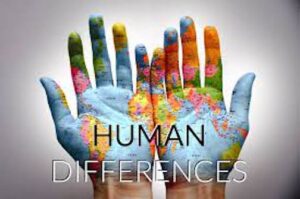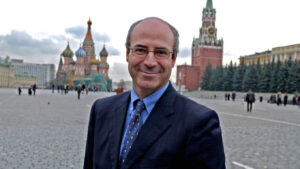We Are So Much the Same. Then Why Are We So Damn Different?

When K and I had Number One Son, we parented him the way I imagine many first-time parents raise their children – to become, as Jordan Peterson advised, adults that we would like and admire.
Number One-Son did not disappoint. And when we had Number Two and Number Three Sons, we did the same. Again, the results were more than satisfactory.
But they are not at all the same kind of person. Their instincts, their interests, and their personal preferences are greatly different – as different as their physical features.
A common way of discussing these differences is to talk about nature vs. nurture – i.e., how much of a child’s temperament, intelligence, and personality traits are due to innate biological factors versus differences in parenting, teaching, and other social aspects of their developing lives.
Biology is definitely a factor. A much bigger factor than you might think considering that, from a DNA perspective, all humans are 99.6% the same. That tiny 0.4% difference accounts for all the physical differences – the bone structure, the height, the color of the eyes and hair and skin, etc. – not just between siblings, but among all human beings of every race.
But we also know that DNA accounts for other differences, such as temperament and even something as small as the way a child smiles or laughs. (You have your grandmother’s smile… your father’s laugh, etc.)
In fact, I think DNA goes even further than that. I’ve seen what I would call personal tics in my boys. The way, for example, that Number One Son rubs his nose that is identical to the way his grandfather, whom he never met, rubbed his nose.
As a parent, I find this eternally interesting and amusing to think about.
Recently, I was contemplating the way my children dress.
Number One Son has my sense of style – in that he always thinks he is stylishly dressed but almost never is.
Number Two Son’s sense of style is apparently (What do I know?) cool but low key.
Number Three Son’s is (again, apparently) particular and au currant. So much so that, once a year, when I visit the Chanel store on Worth Avenue in Palm Beach to buy K a few things for Christmas, the salespeople talk directly to him, not me, about what they think she might like.
Three boys with 99% similar DNA, 90% similar parenting (K did most of it and she is extremely consistent), and 90% similar childhoods in terms of the town they grew up in, the schools they went to, and so on.
Why such a difference?
I suppose it could be that small natural difference in their DNA, which does, after all, account for the very distinct differences in their physical appearances. But my guess is that it has to do with the happenstance of the particularities of the nurturing they received. Not from us, but from their teachers, their friends, and the hundreds of small but significant (to them) experiences they had growing up.
What do you think?





